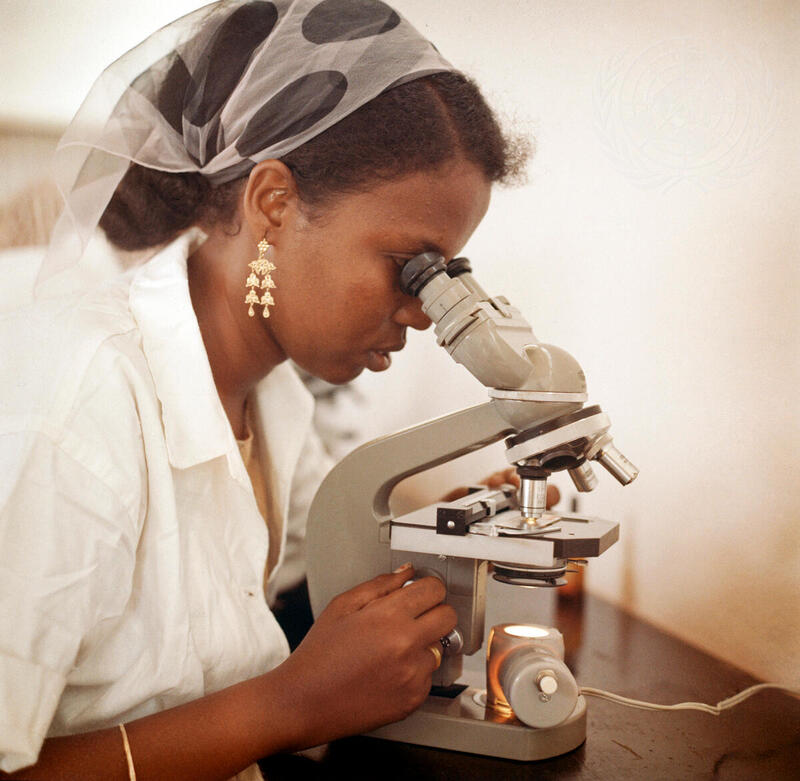
Research & Development
Governments and philanthropies should support public-private partnerships and implement incentives to replenish the clinical pipeline of antibacterial products, while promoting continuous innovation and research & development, stewardship, and access globally.

Antibiotic Pipeline
The antimicrobial resistance (AMR) crisis is growing at an alarming rate, but the research and development (R&D) pipeline for antimicrobials and antifungals is not keeping pace – continuous public-private investment and innovation are needed.
Evidence: In 2021, there were only 27 new antibiotics in clinical development against priority pathogens; only 12 innovative antibacterial compounds are in development, with just four targeting pathogens designated as critical by WHO. (Source)
This message is reflected in the U.N. political declaration in OP79.
R&D Strategies for Equity
Pharmaceutical companies, working with not-for-profit partnerships such as CARB-X (Combatting Antibiotic Resistant Bacteria) and GARDP (Global Antibiotic Research & Development Partnership), can increase the quality and reach of their access strategies through the R&D process.
Evidence: The antibiotics pipeline has been bolstered by a 25% increase in funding since 2017, but products remain unaffordable in LMICs. (Source)
This message is reflected in the U.N. political declaration in OP45, OP88, OP92.

Push Strategies for R&D
Push incentives, including tax credits, direct funding of research, and public–private partnerships that also offer non-financial support, enable innovation by lowering costs and financial risks associated with developing new antibiotics.
Evidence: Up to $1.19 billion is needed in direct R&D funding for antibiotics, yet average sales are just $24 million to $75 million per year. (Source)
This message is reflected in the U.N. political declaration in OP84, OP86, OP89.
Pull Strategies for R&D
Alongside traditional push incentives, governments must help attract developers to the antibiotic industry through pull incentives, including by delinking revenue from volume of sales, to incentivize developers and ensure they remain financially viable.
Evidence: The expected profitability of an antibiotic development project has been estimated at −$50 million compared to $1.15 billion for a musculoskeletal drug. (Source)
This message is reflected in the U.N. political declaration in OP86, OP89.
Innovation for New Antifungals
Innovation and investment in the antifungal R&D pipeline is required to address the critical lack of medicines and diagnostic tools for invasive fungal diseases.
Evidence: In the past decade, only four new antifungal drugs have been approved by regulatory authorities in the United States of America, the European Union or China. (Source)
This message is reflected in the U.N. political declaration in OP79, OP81.
Innovation for New Animal Health Products
New animal health products are critical to the fight against AMR, but the R&D pipeline for animal vaccines is severely underfunded.
Evidence: Only 6 cents for every US $10 were allocated to R&D in animal health vaccines between 2017 to 2024. (Source)
This message is reflected in the U.N. political declaration in OP79, OP81.

Implementation Research
Implementation research strategies are needed to facilitate the uptake of AMR interventions, and adapt projects to local contexts and ensure their long-term sustainability.
Evidence: While the latest Tracking AMR Country Self- Assessment Survey (TrACSS) survey showed that 149 countries have developed NAPs on AMR, the translation of policy to action has not sufficiently addressed the problem. (Source)
This message is reflected in the U.N. political declaration in OP93.